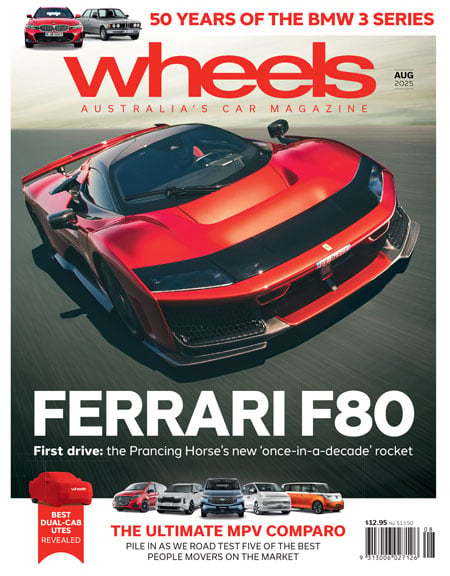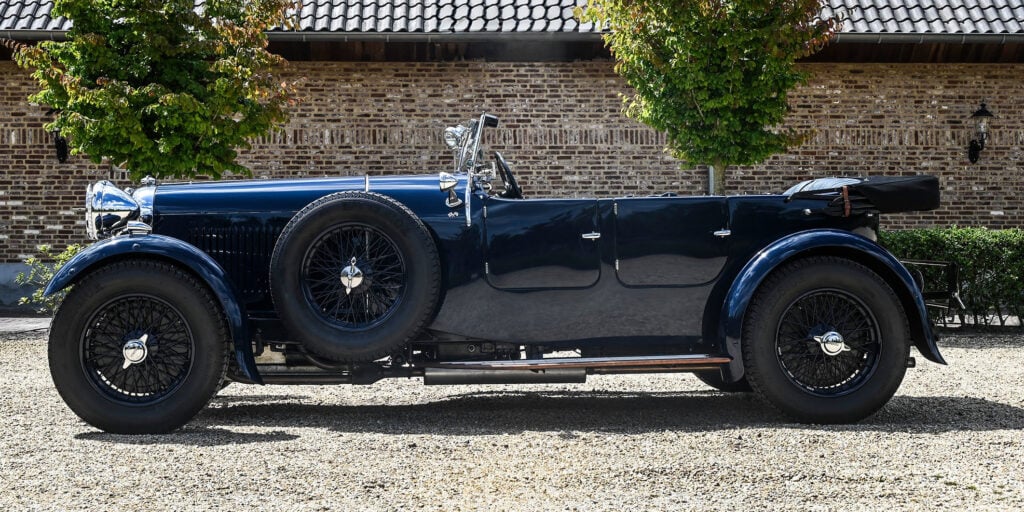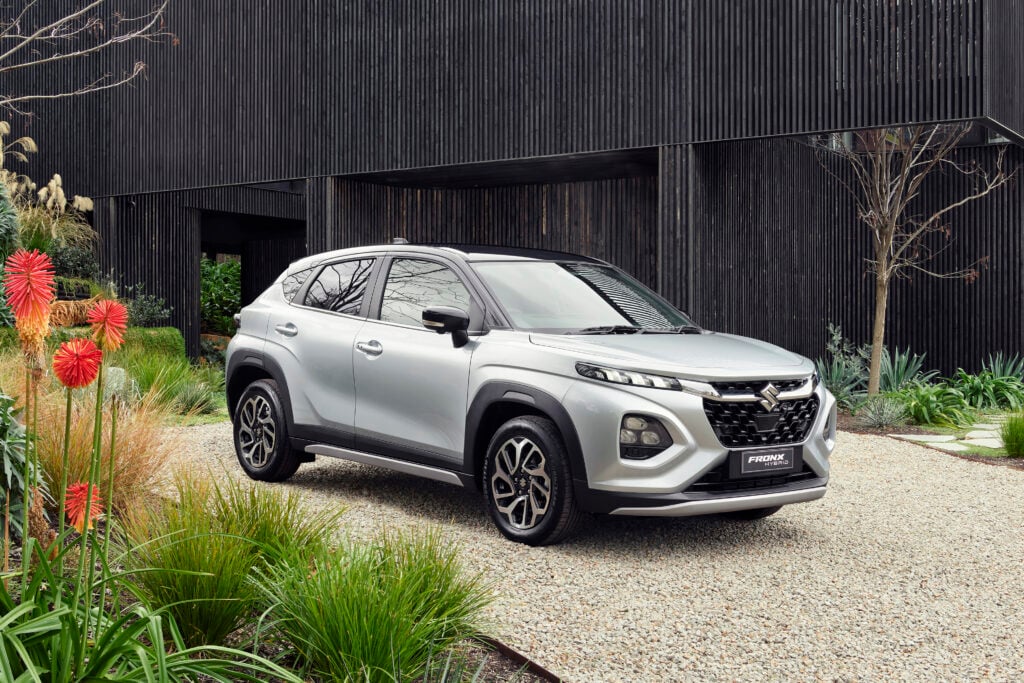THE COVERS are coming off Mercedes-Benz’s Tesla-fighting EQC all-electric SUV next week, ahead of an Australian arrival in “very late” 2019. Here are seven facts you need to know about the Model X and Jaguar I-Pace rival:
1. It’ll spawn a family
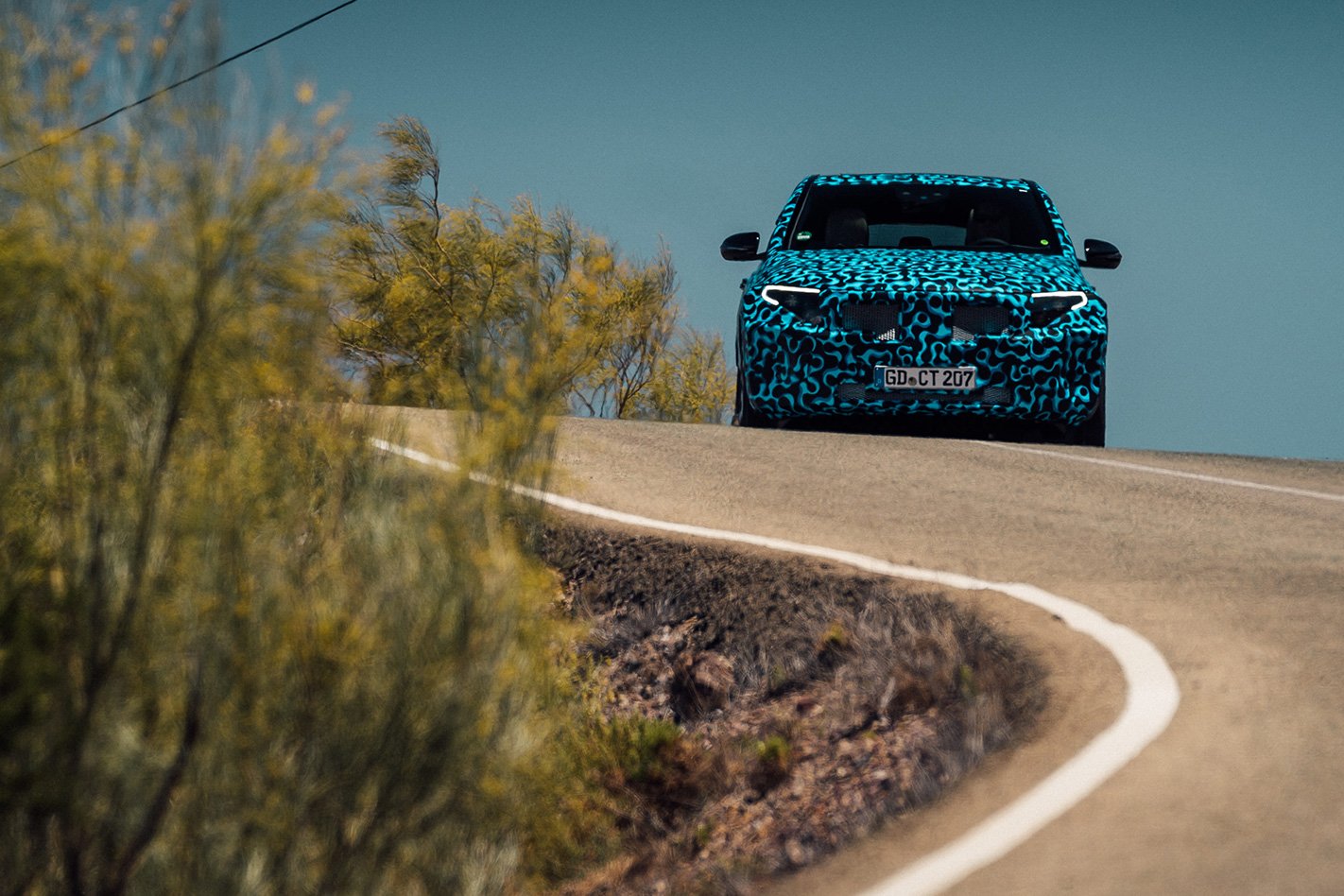
The EQC is just rain drop before the flood for Mercedes-Benz, with its arrival heralding the first production vehicle for the new EQ sub-brand. This new sub-brand will then expand to include fully-electric equivalents of Mercedes’ current product range all the way from A-Class to S-Class. It’s expected the EQC will be followed by an EQA hatch in 2020.
2. The numbers are impressive
Okay, so here are the raw stats we know so far. The EQC will be powered by a 400-volt lithium-ion battery pack which stores “more than 70kWh” of electrical energy. A pair of identical electric motors will sit on the front and rear axles, delivering a total maximum power output of 300kW. According to EQC engineers, the vehicle’s battery contributes 600kg to the total vehicle weight of circa 2300kg, but it’ll still crack 100km/h from a standstill in “less than 5.0 seconds”. Range? Around 480km.
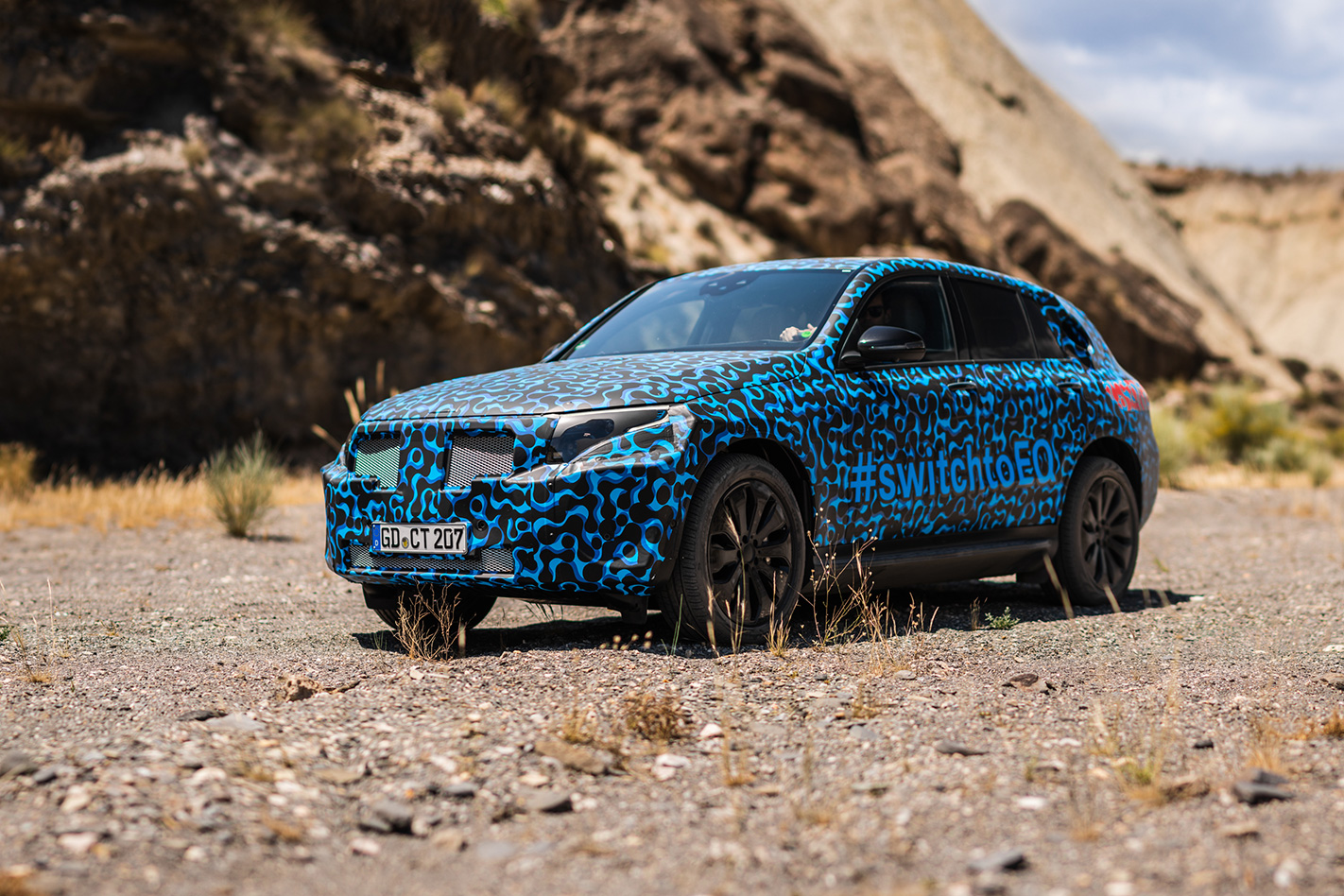
3. It’ll ditch some conventions, while observing others
Unlike the Jaguar I-Pace, which tears up the design tropes associated with its combustion-powered siblings, the EQC’s design language is recognisably Benz, with a body shape not dissimilar to its closest relative the GLC-Class. While the car won’t be revealed in full until early next week, Mercedes teased some of the vehicles designs online, including the unbroken rear brake lights that run across the width of the car. While this has become a popular performance car design cue, Mercedes has used a similar style at the front of the EQC, with an LED lighting strip running along the top of the grille beneath the bonnet and between the headlights.
4. It’s been engineered with a next-gen chassis
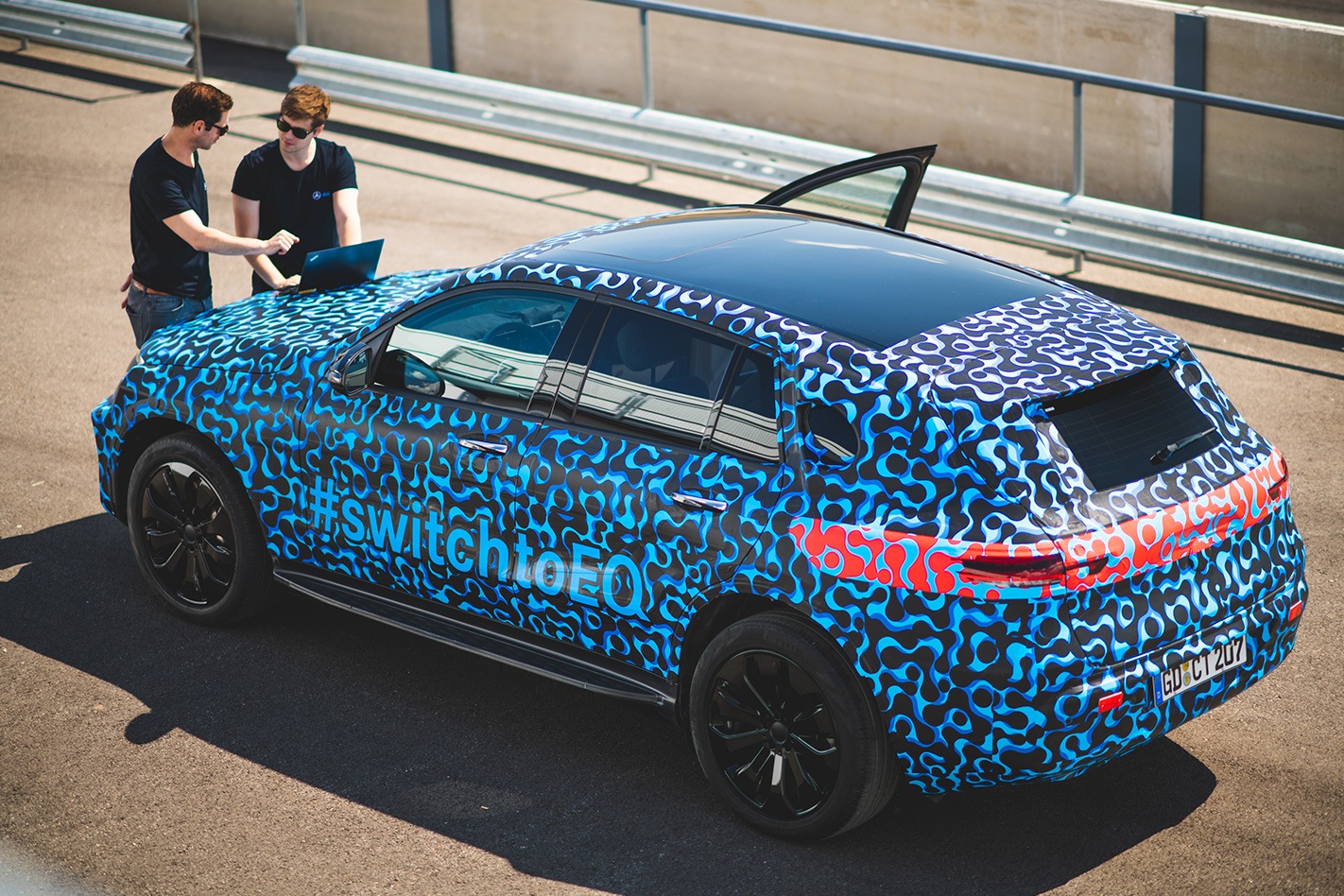
Underpinning the EQC is an entirely new platform, dubbed the Electric Vehicle Architecture (EVA). The platform is expected to underpin the entire EQ family, and is constructed from a combination of hot-formed high-strength steel and aluminium. In terms of size the EQC will sit between the GLC-Class and GLE-Class.
5. There is some tricky tech in the wiring
Part of the new architecture is a cutting-edge wiring loom which allows the EQC absolute flexibility in the way it divides its power between the pair of electric motors. The loom connects the motors on the front and rear axles, and can send up to 100 percent of system torque to either end as required, meaning the EQC can be all-wheel-drive, rear-wheel-drive, or front-wheel-drive, as decided by the sensor pack and software.
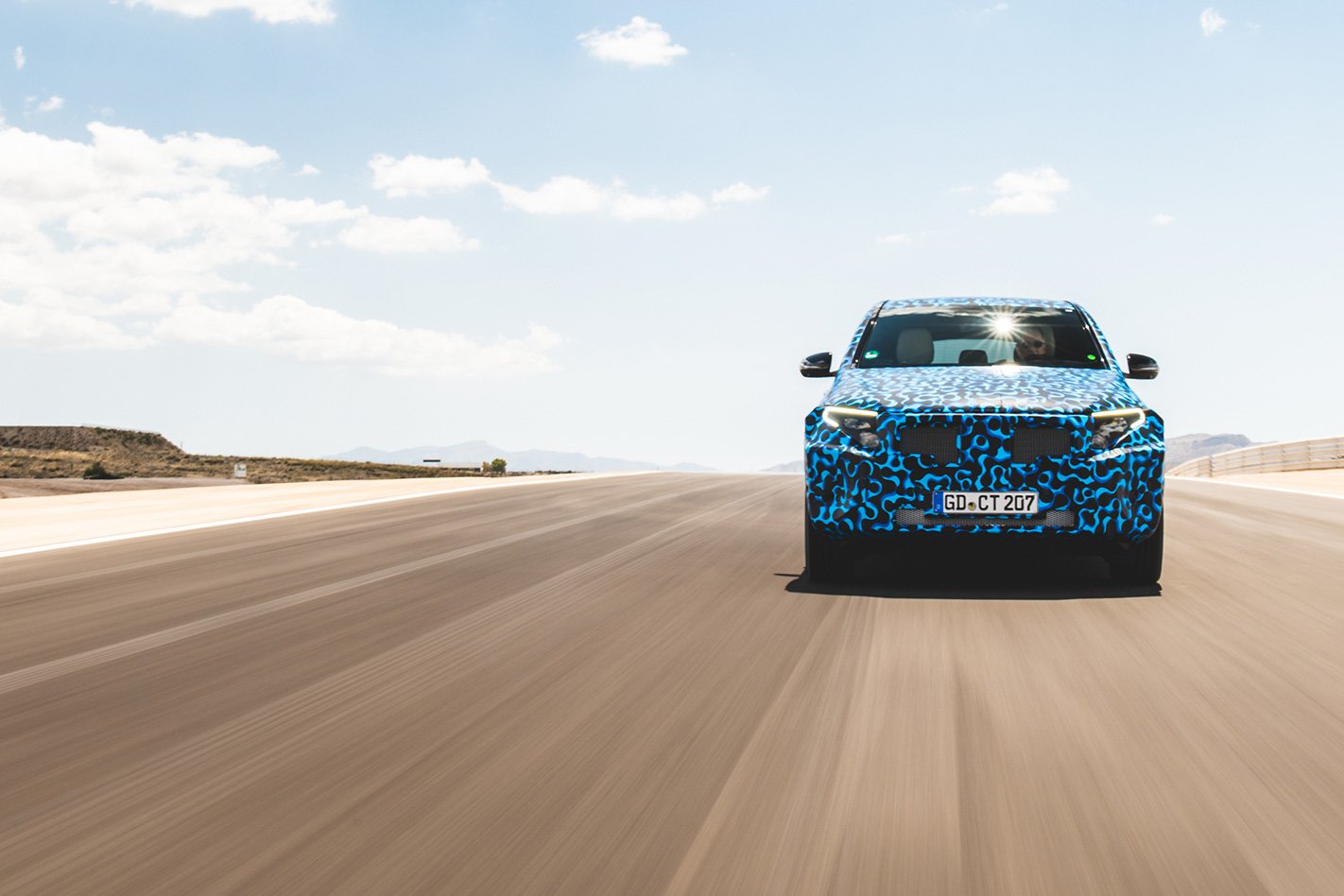
6. Being slippery is a big focus
Tricky aerodynamics are no longer the sole dominion of track-focused hypercars, with the EQC spending plenty of time in a wind tunnel during development. Merc engineers have attempted to make the SUV’s body as aerodynamically efficient as possible, reducing ride height, concealing the windscreen wipers beneath a flap on the trailing edge of the bonnet and replacing a superfluous front grille with a flat panel. With no requirement to route an exhaust, the underside of the car can be cleaner with smarter airflow management towards the rear.
7. There will be plenty of unique features
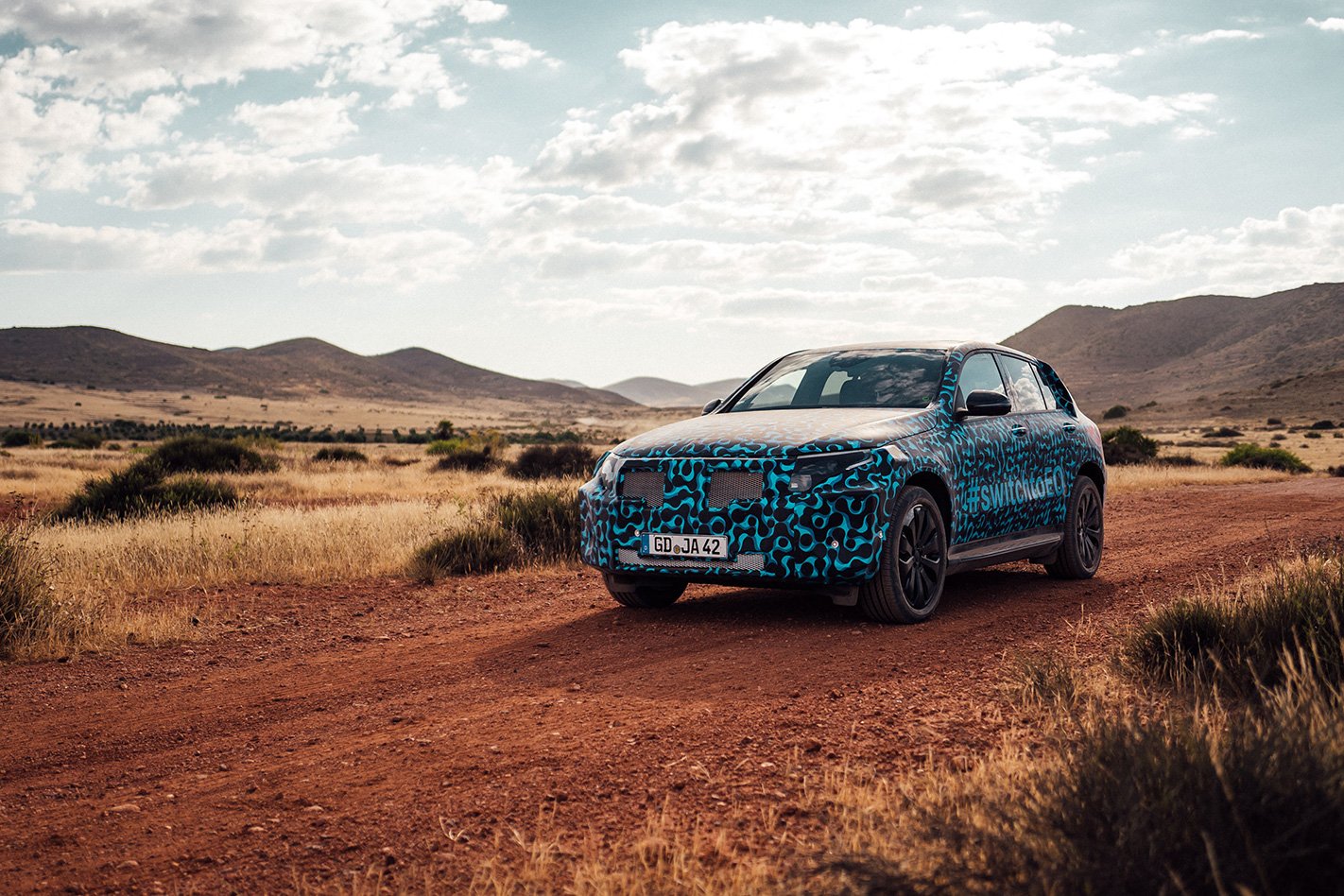
Mercedes engineers have worked hard to set the EQC apart from its established rivals. At release, the vehicle will have a number of unique features, such as steering wheel paddles that allow the driver to alter the level of regenerative braking through four steps (the Jaguar I-Pace, for example, has only two levels). Mercedes-Benz is also developing a smart driving mode that will rely on sensor fusion technology to adjust the level of regenerative braking automatically according to road and traffic conditions, using data from radar and video camera systems, as well as digital maps.



